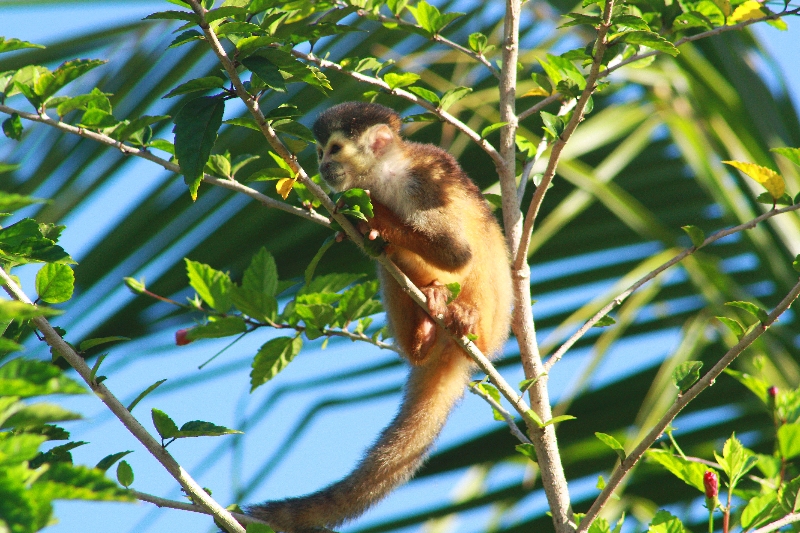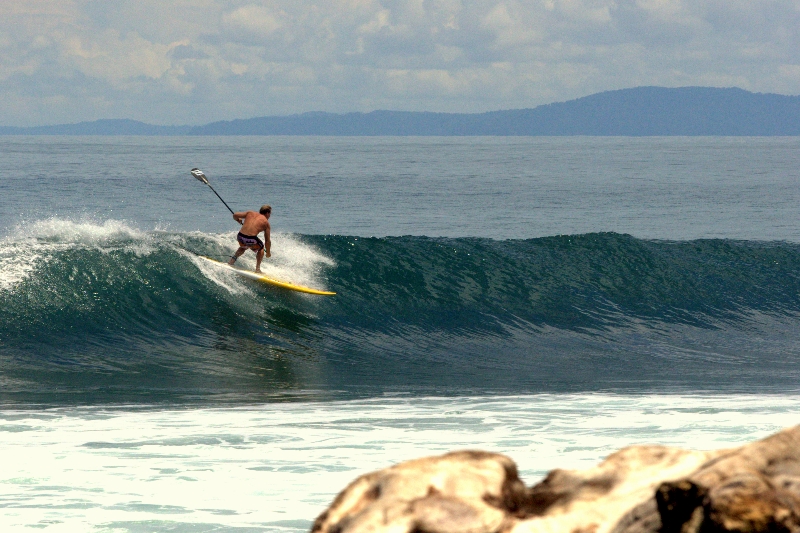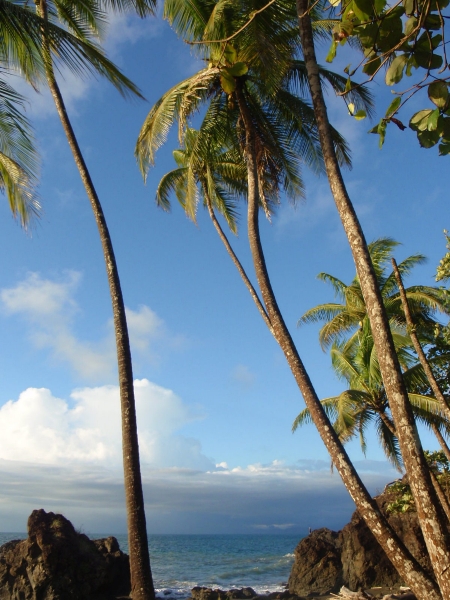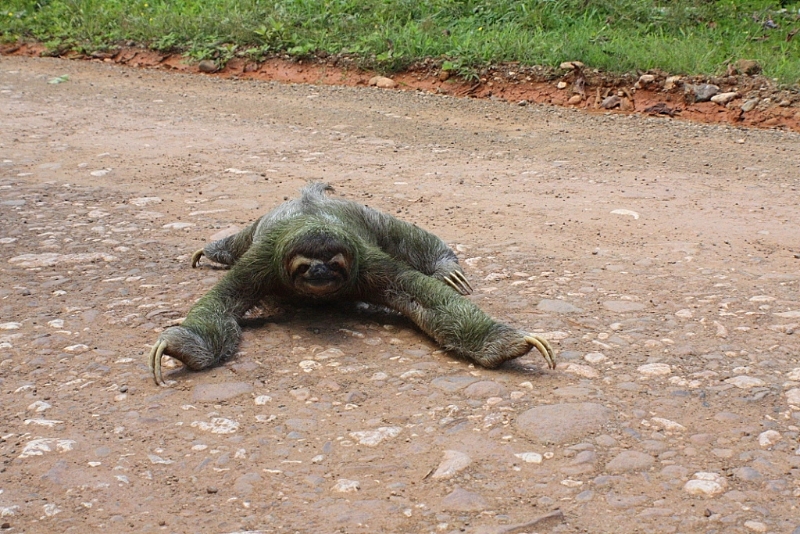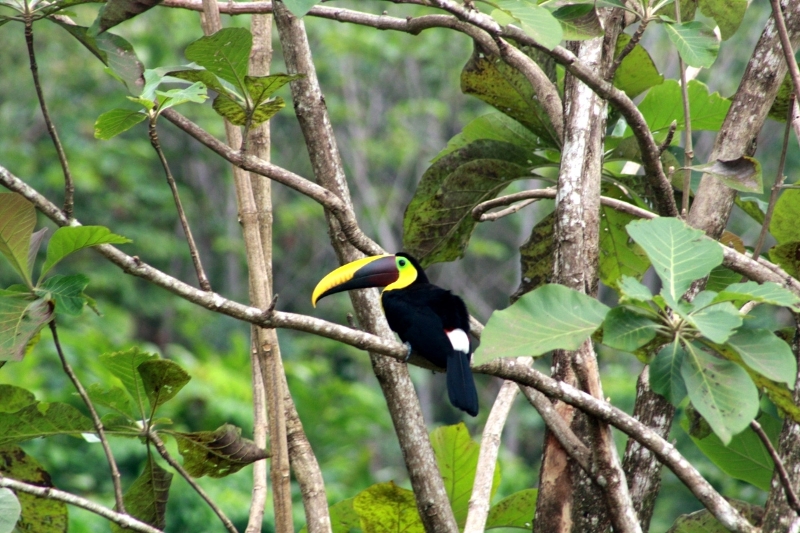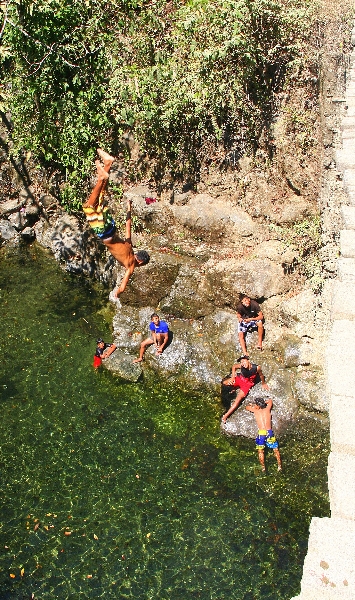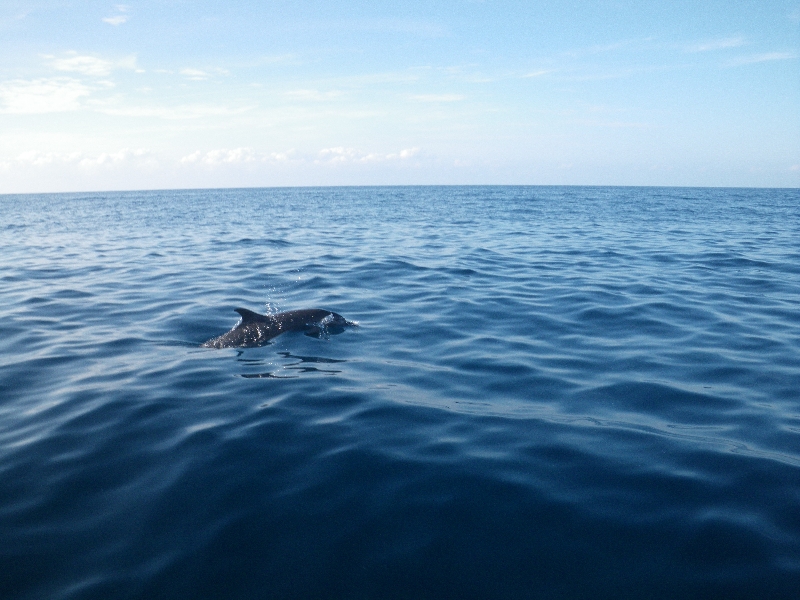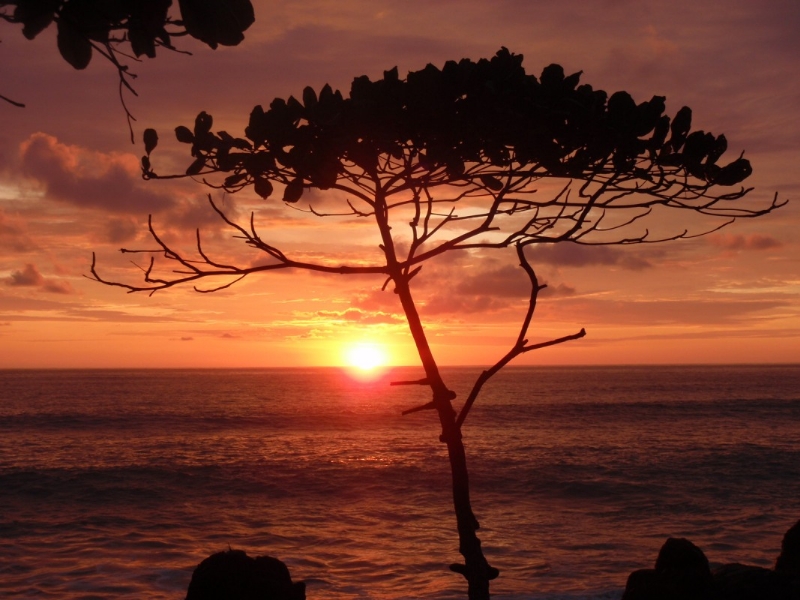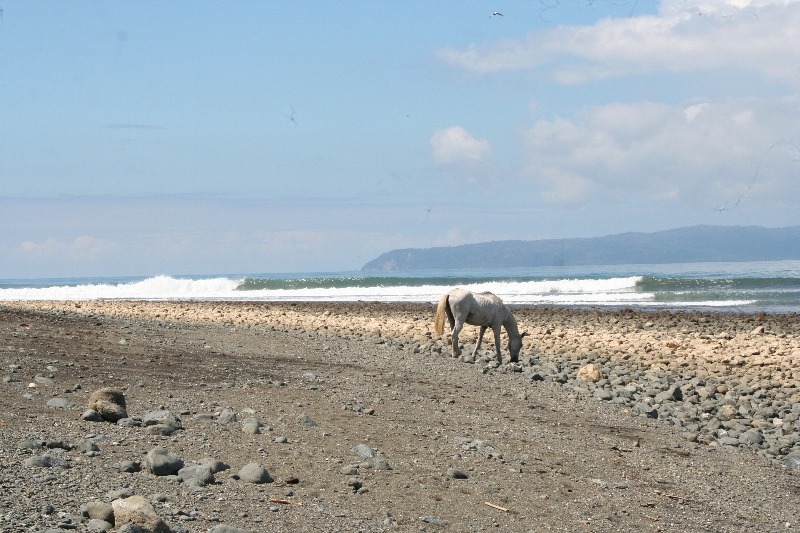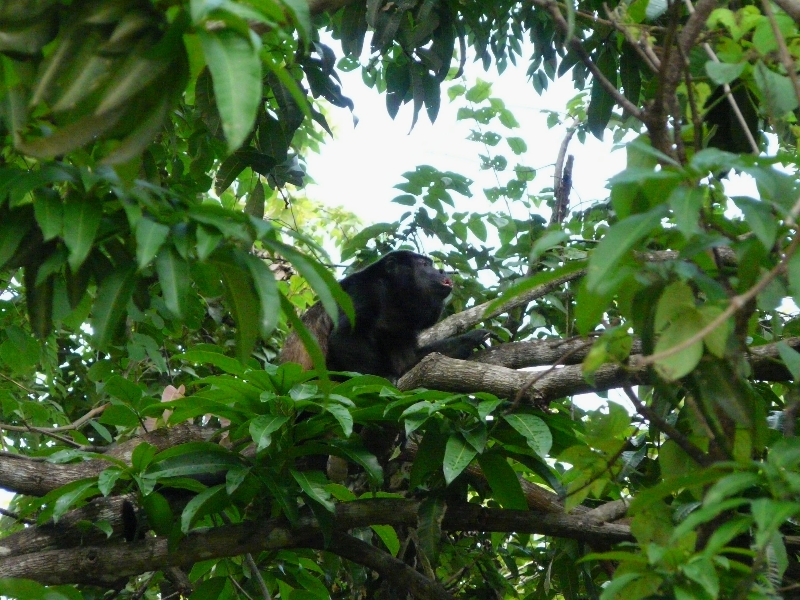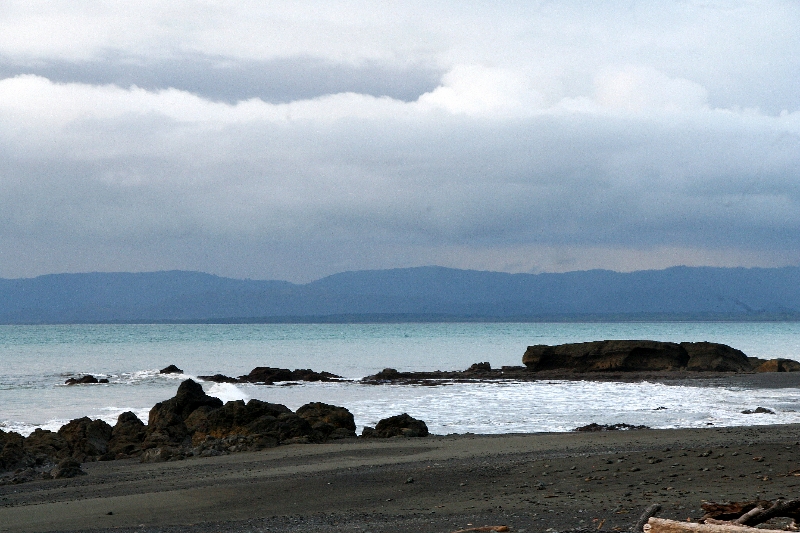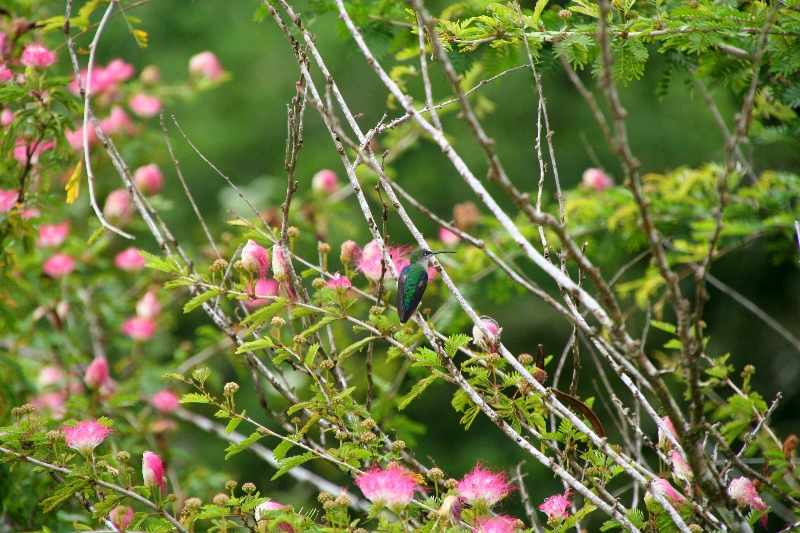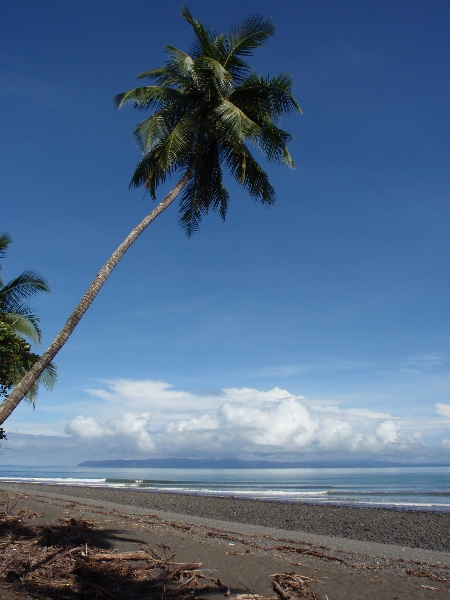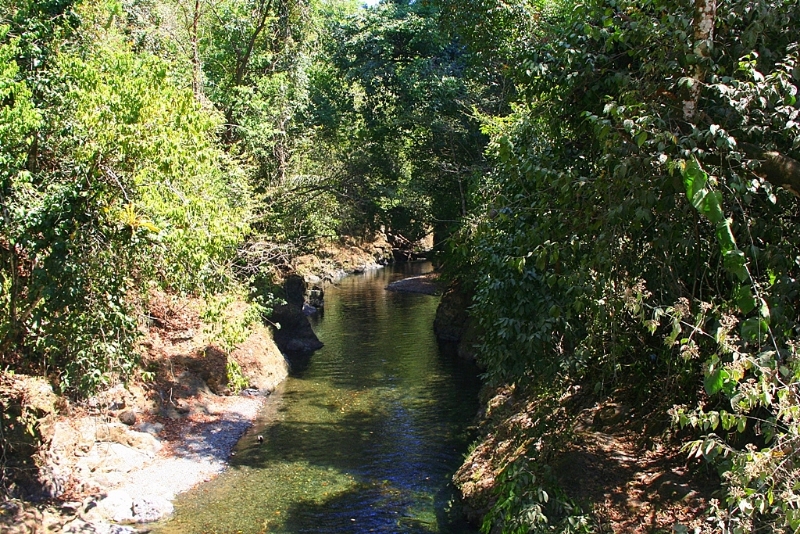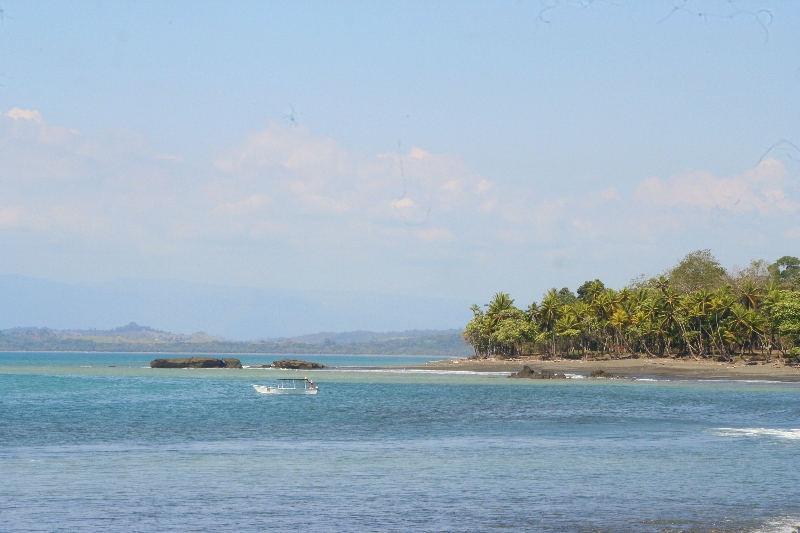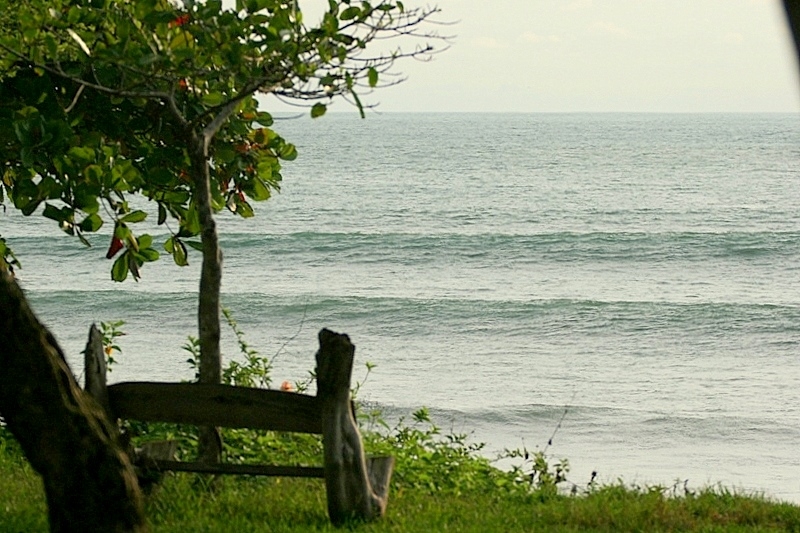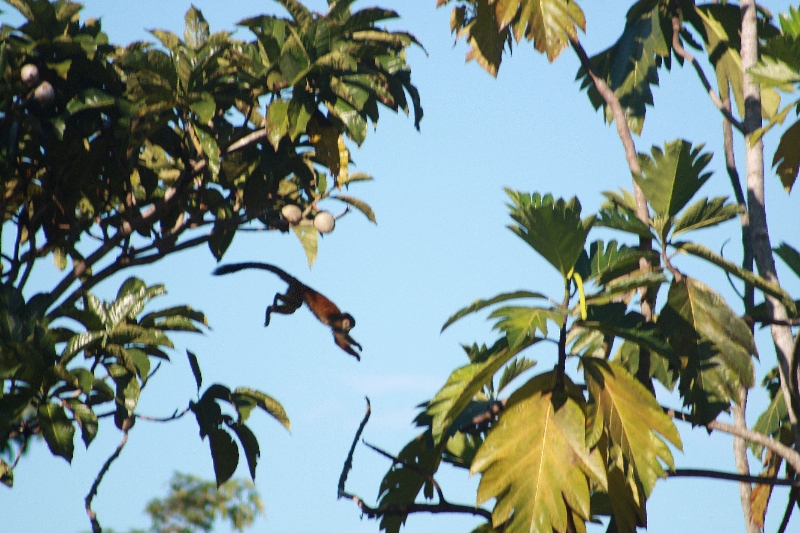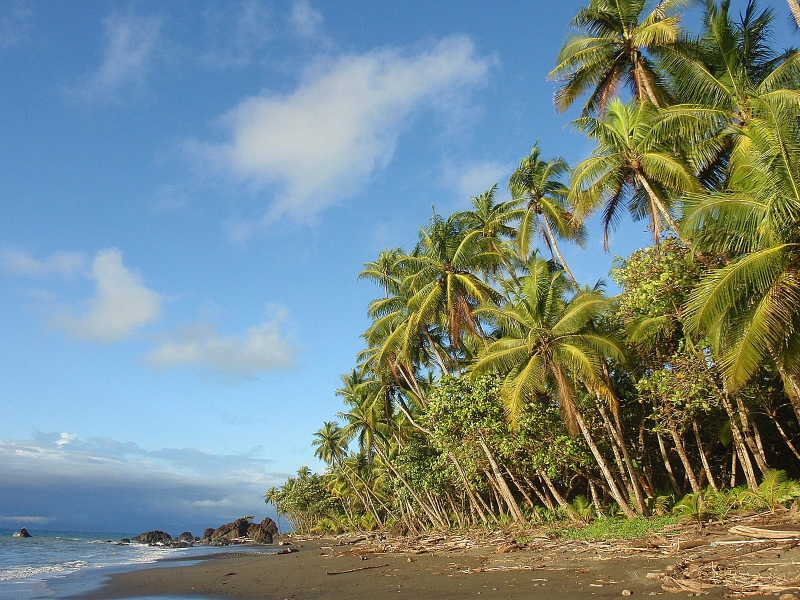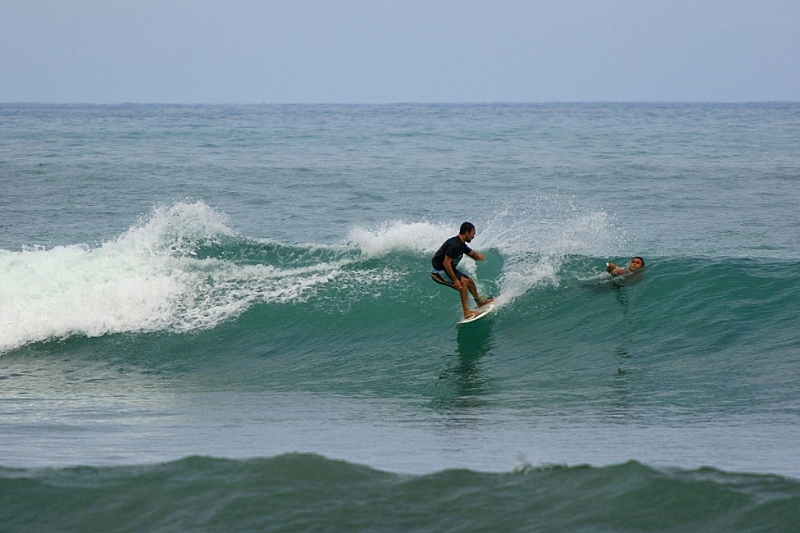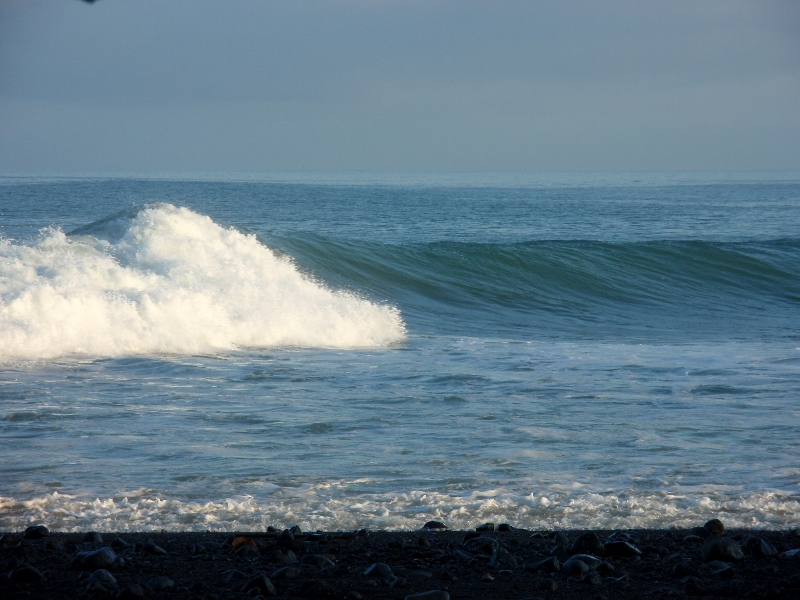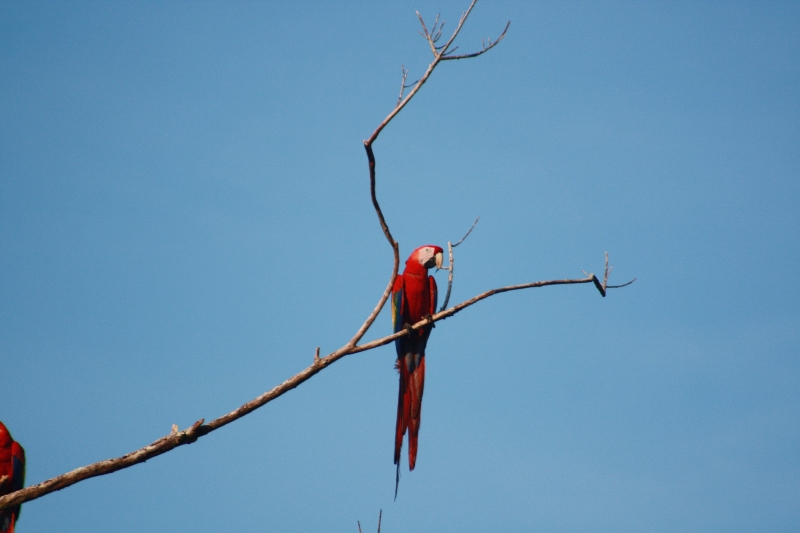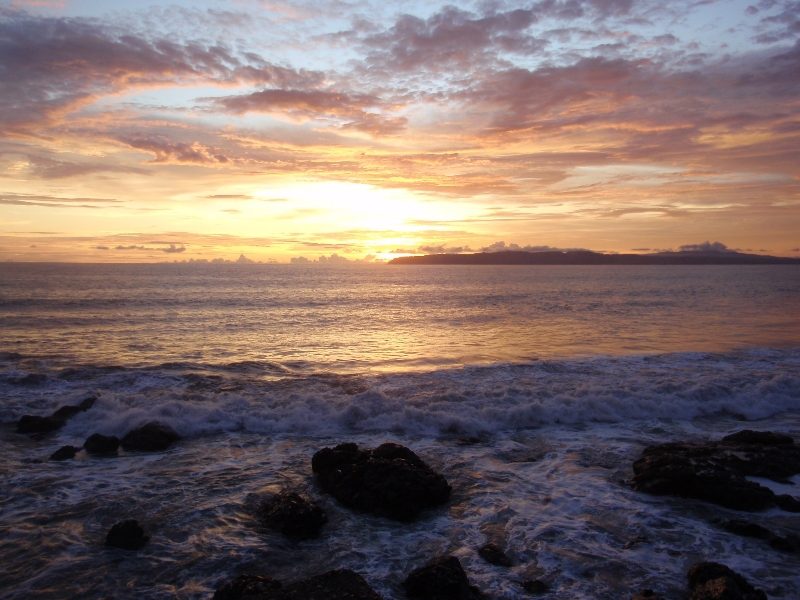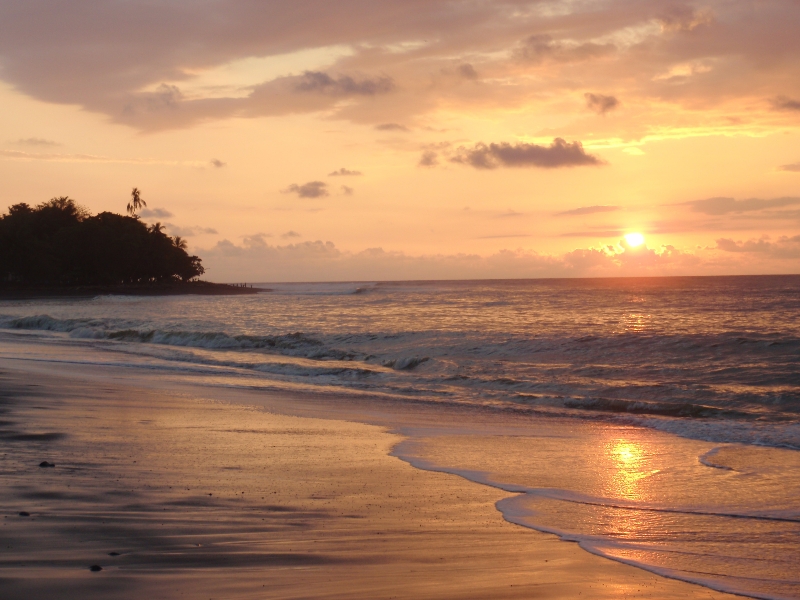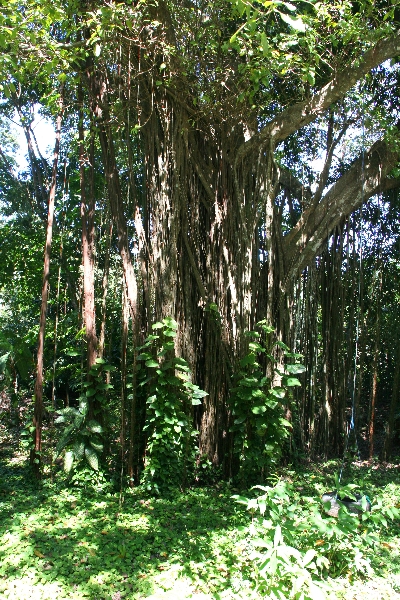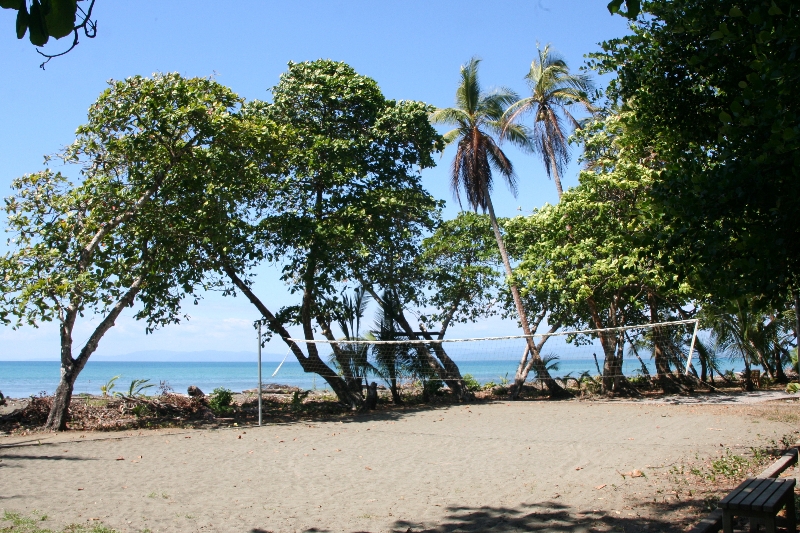Pavones, Costa Rica – August 9th, 2012
August 8th, 2012 – Pavones, Costa Rica
Pavones – Rambutan or more commonly called Mamon Chino here in Costa Rica is one of the coolest looking fruits around. Harvested this time of year (just like the Mangosteen) you can see endless bags being sold by street vendors throughout the roads and towns of Costa Rica.
The exterior shell of the Rambutan is a soft, rubber-like texture with stiff like bristles. It’s oval shaped size ranges from 1-2 inches long. In order to access the fruit inside simply twist the rind and there you will see a juicy white translucent grape-like fruit around an inner seed. The taste is out of this world. Some people describe the taste as sweet and slightly mild in flavor, similar to a lychee or longan. It’s super juicy and addicting to eat!
You can get a one pound bag for around $2 here.

Below are some health benefits of the Rambutan that we have taken from this website http://www.101healthyrecipes.com/health-benefits-of-fruit/rambutan-fruit-facts-health-benefits-101.php
- Rambutan fruit is rich in sugar, mostly fructose and sucrose, but less calories, only around 60 in a fruit. Rambutan fruit is abundant with vitamin C and has potassium, iron, beta carotene or vitamin A, and a little calcium, magnesium zinc, sodium, niacin, fiber and protein.
- The fruit has been employed in traditional medicine in Malaysia and Indonesia for hundreds of years as a treatment for diabetes, hypertension and various ailments. Besides the antioxidants obtained in its beta carotene and vitamin C, research workers at the Chiang Mai University in Thailand found that the rambutan pulp, seeds and skin have strong, plant based, antioxidants calledflavonoids. Certain kinds of flavonoids are believed to reduce cholesterol and possess anti-cancerous, anti-inflammatory attributes.
- One of many organic compounds contained in the skin is Gallic acid. This compound behaves like a free radical scavenger as it helps protect against oxidative damage in our body and is regarded as a strong aid in the battle against cancer. Due to its extensive antioxidant activity, compared to other exotic fruits like pomegranate, rambutan skin extract may be promoted as a drug or health supplement product.
- The rambutan is abundant with vitamin C. 10-12 rambutans provide 75-90 mg ascorbic acid, more than double the amount recommended to take daily. An essential antioxidant, vitamin C prevents body cells from being damaged by free radicals and helps the absorption of iron.
- The fruit also has small quantities of copper, necessary for the creation of white and red blood cells, and also manganese, which our body needs to produce and activate some enzymes.
- A single serving of rambutan functions as an excellent iron source. The iron in what you eat promotes the correct amount of oxygen inside you, which help stop the dizziness and fatigue due to anemia, an illness caused by low iron.
- Additionally, you will obtain 4.3% of the daily recommended intake ofphosphorus when you have a serving of rambutan. Phosphorus helps remove waste in your kidneys and is essential for the development, repair and maintenance of tissues and body cells. Rambutan also has a small amount ofcalcium; both phosphorus and calcium work together to fortify your teeth and bones.




